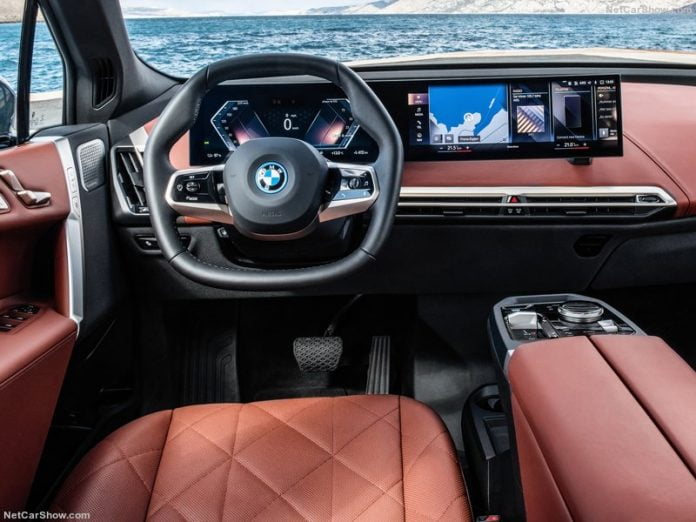If you’re shopping for a car, you’ve likely noticed that the newest vehicles on the market come with an arsenal of advanced capabilities. Ranging from device pairing to pedestrian detection, these features are designed to make the driving experience better and safer for everyone involved.
The most useful features are the safety-enhancing ones, which are commonly referred to as advanced safety systems. Since these features are designed to make it easier to drive safely, you’d think that a car equipped with this tech would be less expensive to insure. Unfortunately, that isn’t always the case.
If you’re interested in hearing more about how these fancy features impact your car insurance rates, here’s the breakdown.
What are advanced safety systems?
Consumer Reports states that advanced safety systems include the following features:
- Automatic Emergency Braking (as well as High-Speed, Rear, and City AEB)
- Pedestrian Detection
- Lane Departure Warning
- Forward Collision Warning
- Lane Keeping Assistance
- Rear Cross-Traffic Warning
- Blind Spot Warning
As you can tell from this list, these features are designed to resolve some common distracted or unsafe driving problems. Vehicles with these features can sense other cars or people in your blind spots, automatically adjust your position within a lane, and even stop your car to prevent an accident or collision.
With these potential issues solved by tech, it’s much easier to avoid injury or causing damage. Drivers report that they feel much safer with these features, but that isn’t necessarily reflected in insurance quotes.
Why don’t these features automatically lower your rates?
With all of these benefits outlined, you may be wondering why these features don’t equate to a significantly lower insurance rate for your new vehicle. The primary reason is that cars with these expensive enhancements are pretty costly to replace or repair. For instance, a backup camera that senses other people and cars and assists parking could cost up to $600 to replace. If a tech-heavy car ever faced significant damage, costs like this would quickly add up.
The second reason is that although these features are designed to decrease the number of accidents and each new iteration seems even more promising, they haven’t been around long enough for insurance companies to conclude their effectiveness.
While it may be disappointing to think that your car’s enhanced tech doesn’t have a direct effect on your insurance rates, it’s likely that they will warrant discounts in the future as stats proving their value are released. As tech becomes streamlined and it is properly vetted, the price of these features will lower and your insurance premium will follow.
Which car features can lower your insurance rates?
If you’re looking for ways to lower your monthly premium, safety is the right area to focus on. Simpler features like airbags, automatic seatbelts, and anti-lock brakes are standard components of your car’s safety rating, but the enhanced features of newer cars will undoubtedly be added to the list.
For instance, some companies offer discounts for cars equipped with anti-theft devices and programs. These features can range from simple features like car alarms to more complicated ones like GPS tracking and key-sensing capabilities. You can check out different company’s policies to see which features offer the best discounts.
If you’re wondering which factors lead to higher payments, insurance companies hone in on pretty low-tech criteria. For instance, newer vehicles and those with more powerful engines will cost more to insure. Interestingly, insurance companies even take crime trends into account. It is statistically proven that small, simple cars–like the Honda Accord, the Honda Civic, and the Toyota Camry–are frequently stolen, which also warrants higher rates.
While some of these smart systems are still under consideration by the insurance industry, these facts can help you understand how your rate is determined and give you a good idea of which features to look for (and which to stay away from) as you buy your next car.











